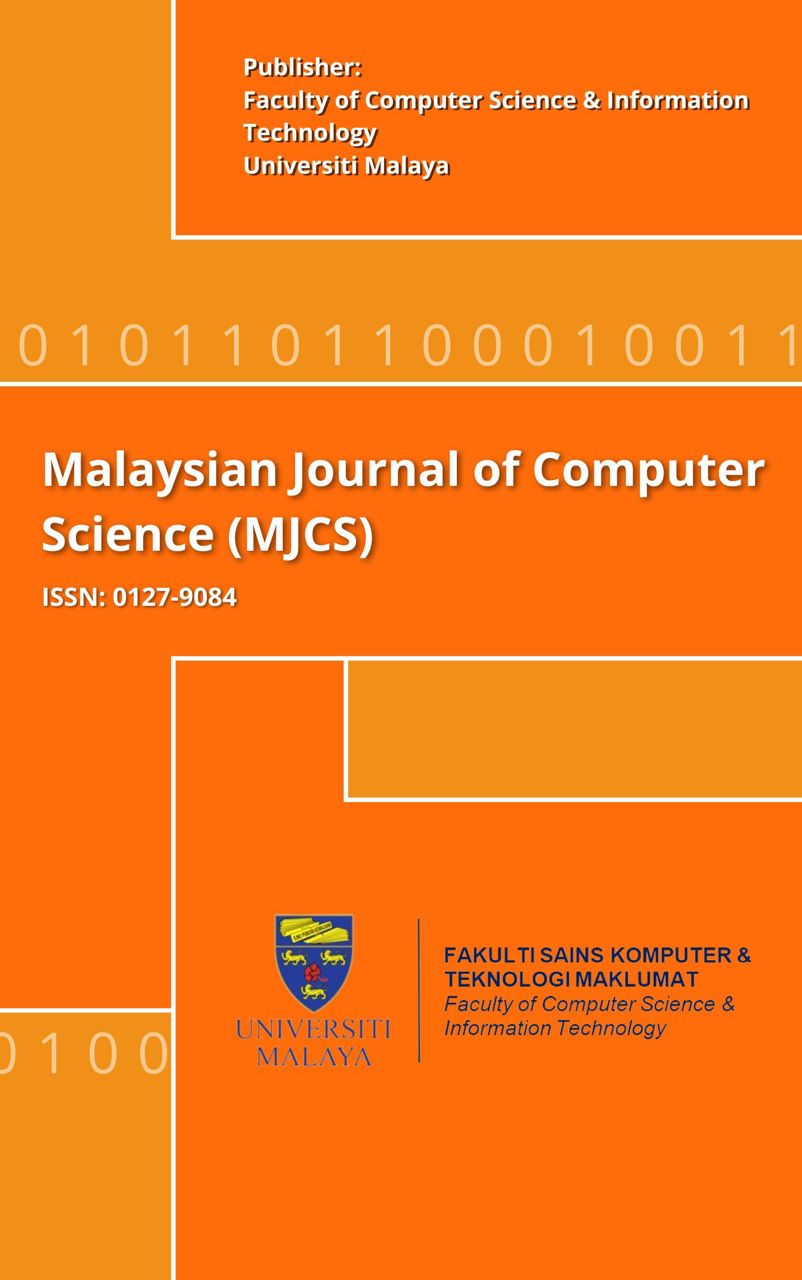VISUALIZATION WITH VOCABULARY TRACKING FOR ARABIC WORD RECOGNITION AND READING COMPREHENSION
Main Article Content
Abstract
Comprehending text is the aim of reading; however, there is the phenomenon of non-Arabic speakers in Malaysia reading the Qur’an, written in Arabic, without comprehension. Word recognition (WR) theory, through word frequency effect (WFE) and word superiority effect (WSE), are used as a basis to achieve reading comprehension (RC) of the Qur'an. The Eye of Qur'an (EoQu) interface was developed, to visualise word occurrences and word morphology. This is achieved through parallel plot and word segmentation visualization. EoQu can track a user’s personal vocabulary with a presentation of percentage and word position in the Qur’an. Consequently, users know their ability to recognize Arabic words in relation to the whole Qur’an to achieve RC. An experimental study was set up with 90 Malaysian participants, starting with a pre-test, followed by a stratified sampling to divide participants into control and experimental groups (who used EoQu) for the post-test. Results showed evidence of improvement in WR based on scores and time taken to complete the Arabic Word Recognition Test.
